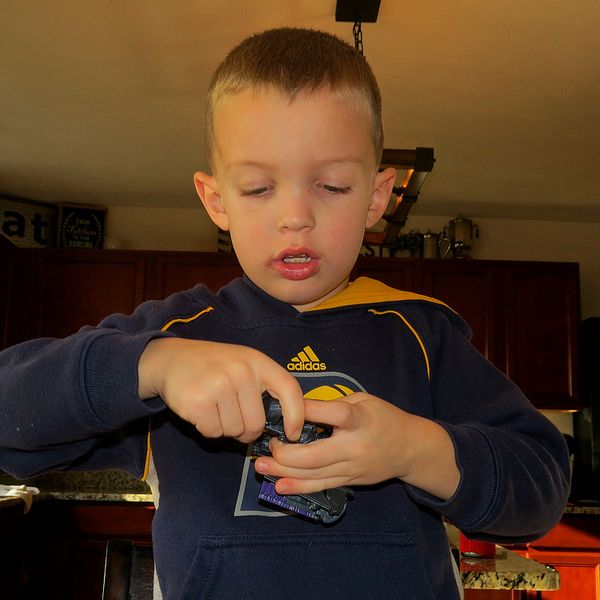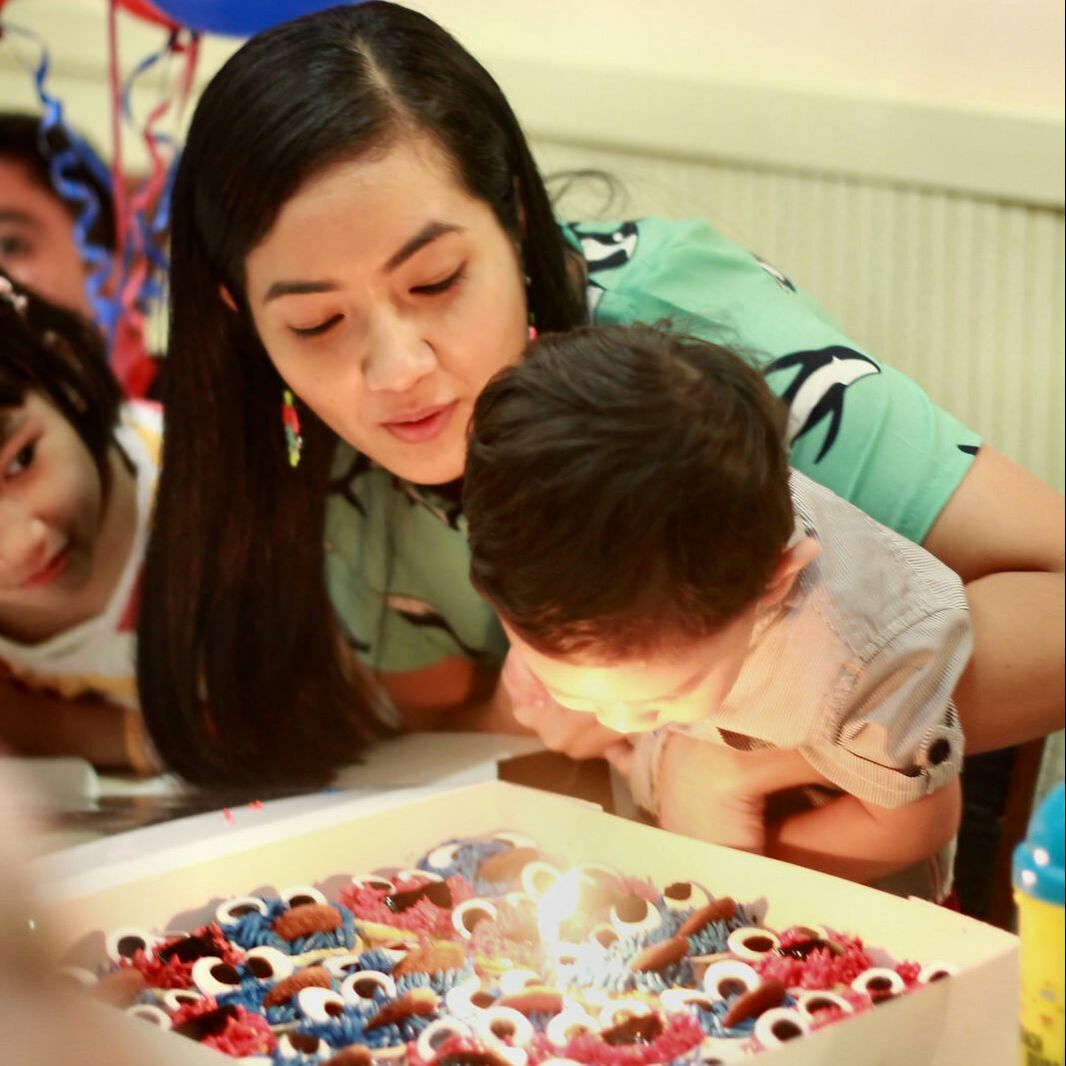Partnering with parents to achieve piece of mind
What I Provide
Suzy has over 20 years of experience working with children (ages 2 to young adult) with various diagnoses including Autism Spectrum Disorder, Sensory Processing Disorder, Cerebral Palsy, Down Syndrome and Apraxia. Suzy performs speech language consultations, evaluations, individual therapy, parent consultations and training as well as communicating with other professionals to coordinate services.
Early Language Delays
Motor Speech Disorders
Articulation Disorders
Phonological Disorders
Oral Motor Weakness
Language Disorders (Receptive and Expressive)
Augmentative / Alternative Communication
Auditory Processing Disorders
Pragmatic / Social Language Disorders
Motor Speech Disorders
Articulation Disorders
Phonological Disorders
Oral Motor Weakness
Language Disorders (Receptive and Expressive)
Augmentative / Alternative Communication
Auditory Processing Disorders
Pragmatic / Social Language Disorders
Read more about the following speech-language deficits:
Early Language Delays
Early Language Delay occurs when a child has difficulty meeting early language milestones with speech (verbal output), language (receptive/expressive) and/or communication, speech therapy can help improve these delays. Starting treatment early can improve a child’s chance of success along with empowering families.
Motor Speech Disorders (e.g. apraxia of speech, dysarthria)
Apraxia of Speech is a motor planning disorder. The speaker knows whey they want to say, but have difficulty sequencing the movements of their oral musculature to say it. There is no muscle weakness involved and errors are typically inconsistent. Intense Speech/Language therapy a few times a week using treatment approaches such as PROMPT, Kaufman Method as well as treatment strategies from Pamela Marhalla can result in the best chances for success. Apraxia of speech is different in every case, therefore, treatment needs to be individualized.
Dysrthria is a motor speech disorder. There is a weakness in the muscles used for speech. Speech can be characterized as being slow and/or slurred. Voice may sound hoarse or breathy. The speaker is not able to move their tongue, lips and jaw very well. Oral motor therapy may help strengthen the muscles and improve range of movement for eating and speaking. PROMPT therapy can also help with speech production and overall timing of speech.
Dysrthria is a motor speech disorder. There is a weakness in the muscles used for speech. Speech can be characterized as being slow and/or slurred. Voice may sound hoarse or breathy. The speaker is not able to move their tongue, lips and jaw very well. Oral motor therapy may help strengthen the muscles and improve range of movement for eating and speaking. PROMPT therapy can also help with speech production and overall timing of speech.
Articulation DisorderS
Articulation Disorder occurs when a speaker has difficulty producing speech sounds. Sound distortions, substitutions e.g. “wabbit” for “rabbit” and/or omitting sounds are common errors. Errors are consistent. Speech/Language therapy should provide the clients with lots of practice paired with use of tactile and visual cueing to help produce speech sounds.
Phonological DisorderS
Phonological Disorder occurs when a speaker has difficulty producing patterns of sounds. An example is when the speaker produces sounds made in the front of the mouth (t, d) for sounds made in the back of the mouth (k,g) e.g. “do” for “go”. Speech/Language therapy can provide awareness and practice of the sound patters which will also help with reading and writing.
Oral Motor WEAKNESS
Oral Motor Weakness affect the use of the oral musculature (lips, jaw and tongue). A child may have difficulty with coordinating movements for speech and feeding. Low muscle tone of the lips, jaw and tongue may also be present and affect speech and feeding. Speech/Language therapy may include performing oral motor exercises to strengthen the muscles and use therapy approaches such as PROMPT to help improve coordination and timing of movement.
Language DisorderS (Receptive and Expressive)
Language Disorder can be receptive, expressive or mixed receptive/expressive. Receptive language occurs when there is difficulty understanding language. Some skills such as following directions, understanding vocabulary, memory as well as comprehension of speech can be difficult. Expressive language affects the ability to use language. Skills such as naming objects, expressing wants and needs, using sentences, using grammar and /or answering questions can be difficult. Speech/Language therapy can improve these language skills and help with success in school.
Augmentative /Alternative Communication (low to high tech)
Augmentative/Alternative Communication can be used when speech is too difficult or while speech is being worked on in therapy. An alternative mode of communication may help a speaker request desired/needed items, answer questions, ask questions and be used for social language. Research has shown that an alternative mode of communication can make speech easier and improve. Some examples of alternative modes of communication are: PECS (Picture Exchange Communication System), picture boards, sign language, gestures and voice output devices.
Auditory Processing DisorderS
Auditory Processing Disorder occurs when there is a problem understanding spoken language. There is difficulty with attention, processing, comprehending and retaining language. Although there is no hearing loss, children may ask “huh” or “what” a lot and require language to be repeated. Background noise as well as using complex sentences make it difficult for comprehension. Speech/language therapy paired with parent training can help improve these skills. There are also computerized programs as well.
Pragmatic/Social Language Disorders
Pragmatic/Social Disorder occurs when there is a deficit in understanding and using social skills. Social skills allow us to interact appropriately with those around us. Skills include: eye contact, greetings/departures, using appropriate language, commenting, answer and asking questions, able to take turns and maintain a conversation, playing with others, understanding and using body language and tone of voice. Speech/Language therapy can work on improving skills in isolation then generalizing these skills in small groups and in natural environments.
“Never assume a person who has difficulty speaking has nothing to say”
Are you concerned about your child’s progress in
speech and language development?
connect with meTelephone |
MEET WITH MEOffice: 217 Wall Street, Princeton, NJ 08540
|




